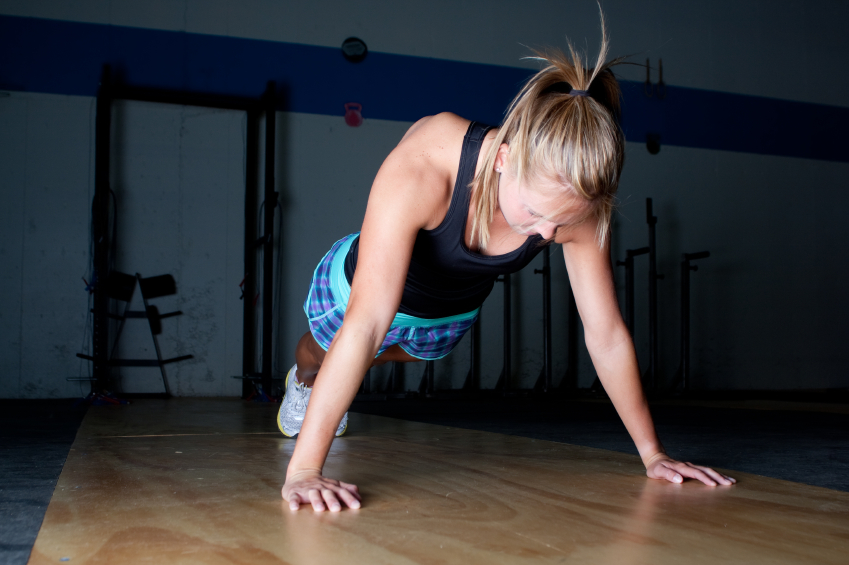One of the great things about the world we now live in is the fact that we’re continually learning through science, research, and improved methods. This is true in fitness as well. We are now able to dispel some of the old fitness myths and find better ways to improve performance and decrease the risk of injury. As a trainer, I’m always looking for the best information to provide to those I train. Here are three exercises you may think are safe, but can actually be harmful to your fitness goals.
- Leg Extensions – Really? The staple exercise that’s been around since Arnold Schwarzenegger was curling his baby bottles? This exercise causes an undue amount of stress on the knee. The contact point and lifting motion is initiated at the ankle, therefore the knee must absorb the torque forces from the movement. Better alternatives are squats or lunges. These movements work the lower body joints in concert with one another (as in real life), and produce greater muscle activation. Leg extensions can be beneficial when using light weights and the exercise is prescribed as part of a rehabilitation program.
- Sit-Ups – Hold the phone! How can anyone knock this staple of an exercise? Research has shown that traditional sit-ups place extreme amounts of force on the spine. Sit-ups, the most popular abdominal exercise for quite some time, only work a portion of the core. A better option is to work the core as a unit, the way it operates in daily life. Planks (the ‘up’ position of a push-up) and bridges done on the elbows are good exercises for engaging the abdominal muscles, inner core, and lower back.
- Seated Torso Twists (Machine) – In an effort to hit the transverse abs and obliques, many flock to this machine, drop the pin to a heavy weight, and ‘feel the burn’ around those love handles. Truth be told, extreme twisting in this manner, where the pelvis is immobilized, places shear forces on the spine that could cause a bulging disk or worse. The core muscles surrounding your mid-section provide movement, stabilization, and support. They are made to work together, not as individual units. The key to core engagement is by forcing them to stabilize in an unstable setting. Try planks where you lift one arm and the opposite leg simultaneously. This exercise can be modified for beginner levels by balancing on the knee instead of the foot.
